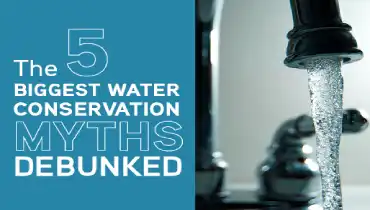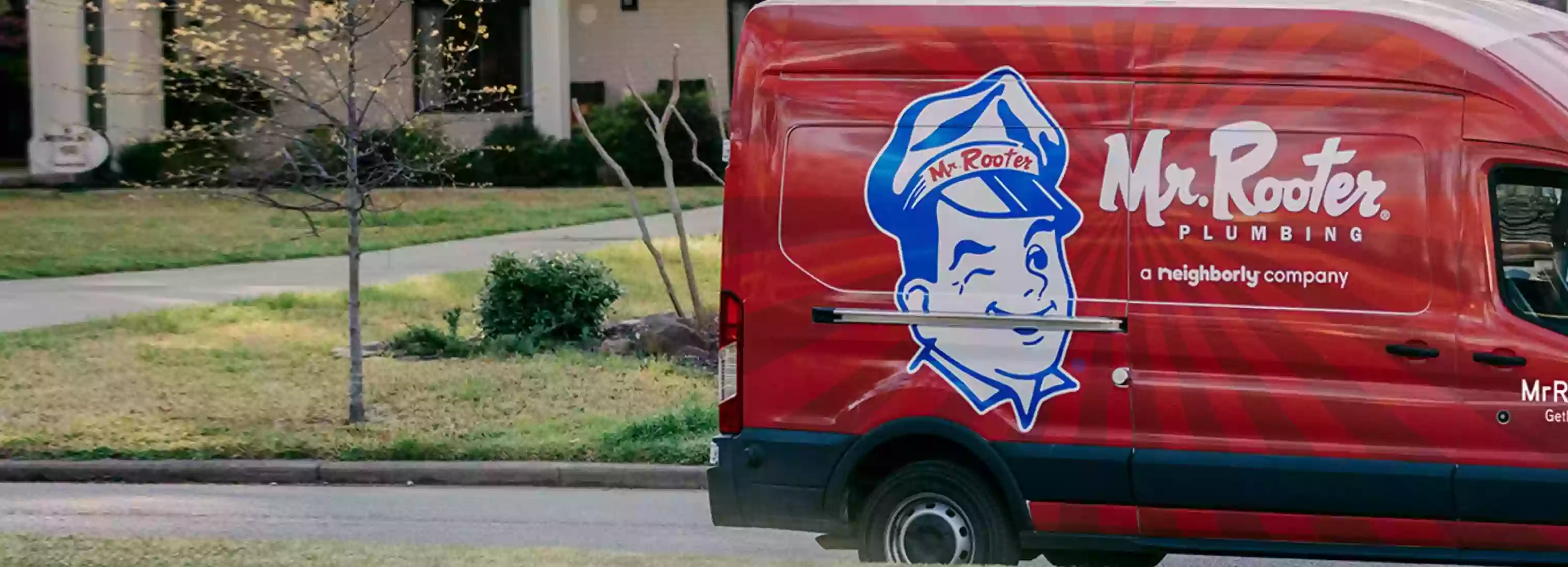The 5 Biggest Water Conservation Myths Debunked

Water supplies appear to be becoming increasingly limited. Though every day the sun, sea, and evaporation create thousands of gallons of rainwater for each man, woman, and child on earth, climate shifts, development, and global population growth are draining supplies, making water conservation a necessity. Just how dire is the situation?
Facts About Saving Water:
Separating water conservation facts from water conservation myths can sometimes seem convoluted, but Mr. Rooter Plumbing is here to help clear any confusion.
- MYTH: Global water demand is not increasing as quickly as we think.
FACT: Global water demand has tripled over the past 50 years, and continues to grow. - MYTH: The earth is covered in water.
FACT: Though more than 2/3 of the earth is, in fact, covered in water, less than 1 percent of that water is available for drinking, and that small percentage is plagued by overuse, leakage, and pollution. - MYTH: If it rains, saving water is unnecessary.
FACT: Even with heavy, consistent rainfall, water is limited. Reservoirs that collect water must be refilled, and the increased frequency of droughts, combined with ever-increasing demand, necessitate conservation throughout the year – not just in an emergency. - MYTH: Water scarcity is a problem in developing nations.
FACT: Because developed nations, such as the U.S., do not pay the true value of water and have easy access to this resource, this lessens the importance of its scarcity. - MYTH: My family’s water choices make no difference.
FACT: Far from a drop in the bucket, there are many ways to save water that have proven time and time again to add up to a measurable difference – even for just one person.
Water Conservation Statistics:
On average, direct indoor water use in the U.S. accounts for around 60 gallons of water per day, per person…
- Toilets-28 percent
- Washing Machines-22 percent
- Showers and Baths-19 percent
- Sinks-16 percent
- Household Leaks-14 percent
Water Saving Best Practices for Reducing Water Cost & Waste:
- Shorten your shower 1-minute and install low-flow showerheads to save about 750 gallons per month. Today’s high-efficiency showerheads maintain pressure while conserving water, upholding the quality of the shower experience.
- Turn off the water when tooth brushing and shaving and save 25 plus 300 gallons per month, respectively.
- Swap fixtures or add faucet flow reducers to reduce usage by 40-60 percent.
- Address toilet, faucet, and plumbing leaks and save up to 20 gallons per day.
- Install low-flow toilets and save up to four-fifths of the water your late model uses, depending on age, following the ‘if its yellow, let it mellow’ adage and flushing less often. Today’s models are proven to flush far more waste with just a fraction of the water even late 90s models toilets require.
- Upgrade to a high-efficiency clothes washer and save over 10,000 gallons per year.
- Run the dishwasher only when full, avoiding pre-rinsing with newer models.
- Landscape with drought-tolerant greenery.
- Water your yard only twice per week in the morning and evening, preferably with drip irrigation, to save 750 to 1,500 gallons per month. Consider a greywater system for additional savings.
- Use mulch and let grass grow a little longer to reduce evaporation.
Add water conservation to your ‘to-do list’ today, addressing plumbing leaks and squeaks with the help of Mr. Rooter Plumbing, and start making a difference today!
 Click to call
Click to call


